Generic Fixed Wireless Phone GSM FWP 6588: The Complete User Guide
The Generic Fixed Wireless Phone, often sold under model numbers like GSM FWP 6588 or “Landline GSM Phone,” is a unique device that bridges the gap between traditional landlines and modern cellular networks. It functions like a standard corded landline telephone but uses a SIM card to connect via a mobile network instead of a physical landline. This guide provides a complete overview.
At a Glance: Key Features & Concept
-
Core Function: A corded telephone that provides landline-style service using a GSM cellular network.
-
Key Component: Requires a standard-sized SIM card from any GSM mobile carrier (e.g., AT&T, T-Mobile, Vodafone, etc.).
-
Target Users: Homes/businesses in areas without copper landlines, rural locations, temporary offices, and as a reliable backup line.
-
Power: Mains-powered with a built-in battery backup for short-term use during a power outage.
-
Verdict: A simple, effective solution for getting a “landline” experience where traditional phone lines are unavailable or undesirable.
Full Technical Specifications
| Category | Specification |
|---|---|
| Model | Generic GSM FWP 6588 (and similar variants) |
| Network | 2G GSM (850/900/1800/1900 MHz) |
| SIM Card | Standard SIM (Often the larger size) |
| Display | Backlit LCD Screen for Caller ID, Signal Strength, and Menu |
| Phonebook | Capacity for storing contacts (e.g., 100-200 entries) |
| Ringer | Multiple melody options, adjustable volume |
| Call Features | Caller ID, Call Waiting, Redial, Mute, Hands-free Speakerphone |
| SMS | Basic SMS text message reception and reading on screen (varies by model) |
| Power Supply | AC Adapter (e.g., 9V 500mA) |
| Battery Backup | Built-in rechargeable battery (for several hours of standby during power cut) |
| Ports | RJ11 Port for connecting an additional extension telephone |
In-Depth Features and Use Cases
How It Works: The Core Concept
Unlike a traditional landline that connects via a wall jack, the FWP 6588 has an internal cellular modem. You insert an active SIM card from a mobile network provider, and the device registers on the network just like a cell phone. The corded handset and base station then allow you to make and receive calls over this cellular connection.
Primary Use Cases and Ideal Users
-
Rural and Remote Areas: For properties where installing a physical landline is impractical or too expensive, but cellular service is available.
-
Temporary Setups: At construction sites, pop-up shops, or rental properties where a permanent line isn’t needed.
-
Backup Communication Line: As a reliable backup for a business or home office in case the primary VoIP or landline service fails.
-
Elderly Users: Provides the familiarity of a simple corded landline phone without the need for a separate landline service contract.
Pros and Cons Summary
Pros:
-
No Landline Required: Operates independently of traditional telecom infrastructure.
-
Easy Setup: Plug in, insert SIM, and it works. No complex configuration needed.
-
Familiarity: Uses a standard corded phone design that everyone knows how to use.
-
Reliable in Power Outages: The battery backup ensures it remains operational for a time, unlike many VoIP phones.
-
Cost-Effective: Can be cheaper than a landline, especially when paired with a low-cost SIM-only plan.
Cons:
-
Dependent on 2G/GSM Network: This is its biggest limitation. As carriers worldwide phase out 2G networks (e.g., already sunset in the US on AT&T and mostly on T-Mobile), this device will become obsolete and cease to function.
-
Basic Features: Lacks advanced features of modern VoIP or smartphones.
-
Call Quality: Voice quality is limited to 2G codecs, which is lower fidelity than 4G VoLTE or landlines.
-
SIM and Plan Dependent: Call costs and quality are tied to the mobile carrier and plan you use.
Setup and Installation Guide
Step-by-Step Setup:
-
Acquire a SIM Card: Get a SIM from a GSM carrier. Choose a plan that offers unlimited calling or a high number of minutes.
-
Insert the SIM: Power off the device. Open the SIM card slot (usually on the bottom or back of the base unit) and insert the standard-sized SIM card.
-
Connect Power: Plug the AC adapter into the base station and a wall outlet. The device will power on.
-
Wait for Network Registration: The LCD screen will display “Searching…” and then show the network name (e.g., “T-Mobile”) and signal strength bars once registered. This can take a few minutes.
-
Make a Test Call: Lift the handset and dial a number. You should hear the call going through over the speakerphone.
Connecting an Additional Phone:
You can connect a standard analog telephone to the RJ11 port on the FWP 6588 to act as an extension in another room.
Frequently Asked Questions (FAQ)
Q1: Does this phone work with any SIM card?
A: It works with any active SIM card from a GSM-based carrier (ones that use SIM cards). It must be unlocked. You cannot use a CDMA carrier’s SIM (like Verizon).
Q2: Why is my phone showing “No Service”?
A:
-
2G Network Shutdown: This is the most likely reason in many regions. Check if your carrier has discontinued its 2G service.
-
Weak Signal: Ensure you have adequate GSM signal strength at the location.
-
Incorrect APN: Some models may require manually setting the Access Point Name (APN) for the carrier in a hidden menu.
Q3: Can I use this phone for SMS/text messaging?
A: Most models can receive SMS and display them on the LCD screen. Sending SMS is often not supported or is very cumbersome through the numeric keypad.
Q4: Is this phone becoming obsolete?
A: Yes, very quickly. The global sunset of 2G GSM networks makes devices like the FWP 6588 obsolete. It is crucial to check with your local mobile carriers to confirm they still operate a 2G network before purchasing.
Q5: What are the modern alternatives?
A:
-
4G/LTE Fixed Wireless Phones: Newer models that work on 4G networks, offering better call quality and future-proofing.
-
VoIP Adapters (ATA): Devices like the OBiTALK or Cisco SPA112 that allow you to connect a standard phone to a VoIP service (like Google Voice, VoIP.ms) over the internet.
Final Verdict
The Generic GSM FWP 6588 Fixed Wireless Phone is a clever device that served a specific niche perfectly. Its simplicity and plug-and-play nature made it a valuable tool for getting a landline experience over cellular networks.
However, its total reliance on 2G GSM technology is a critical and fatal flaw in today’s world. With most major carriers having already shut down or scheduled the shutdown of their 2G networks, this device is largely obsolete in many countries, including the United States.
Recommendation: Unless you have confirmed that a viable 2G network still exists in your area and will for the foreseeable future, you should avoid this model. Instead, look for a 4G Fixed Wireless Phone or a VoIP solution for a reliable, modern alternative.

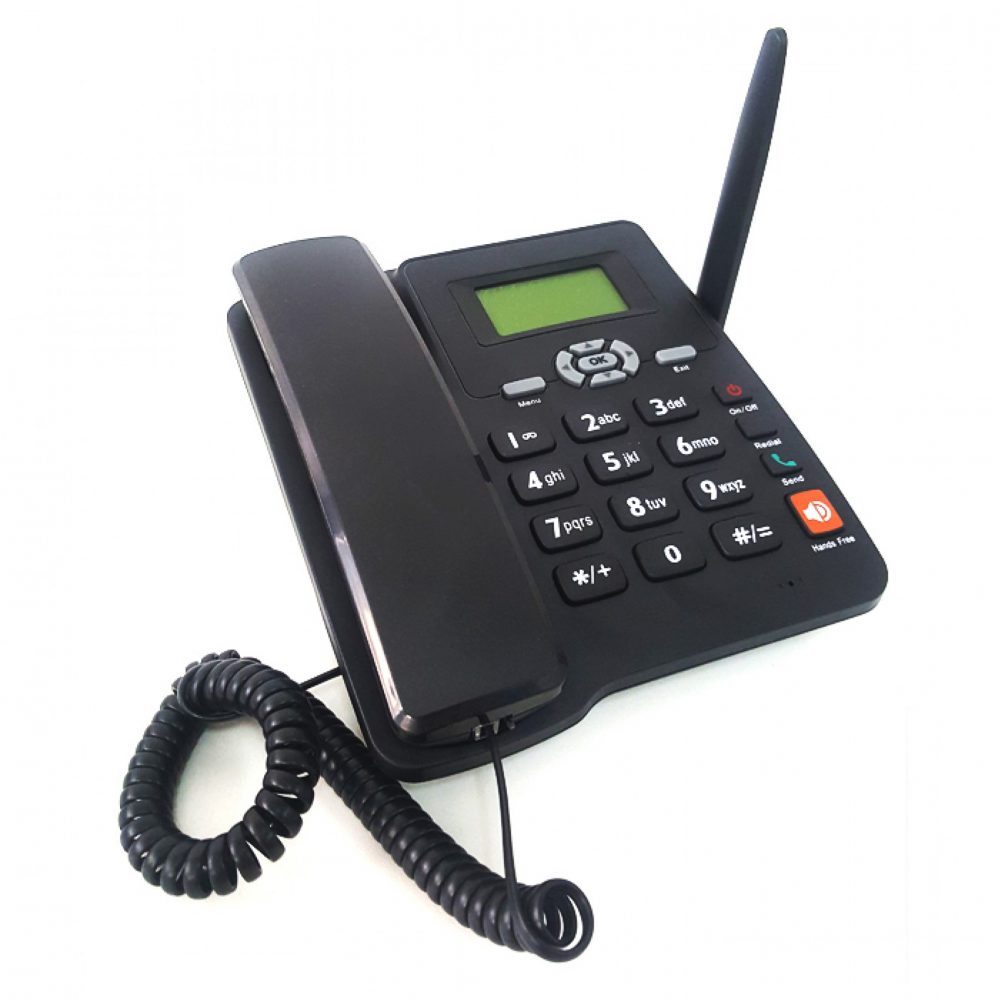
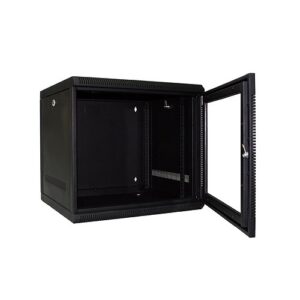
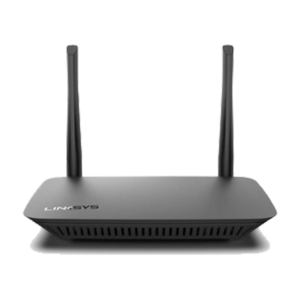
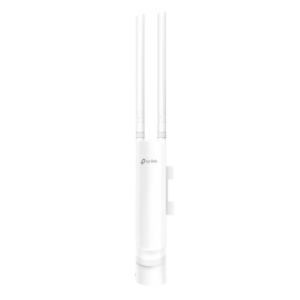
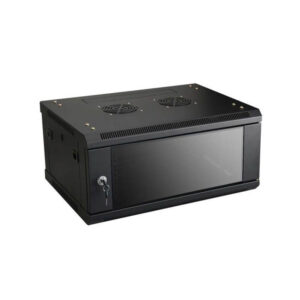
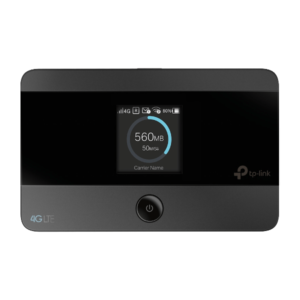
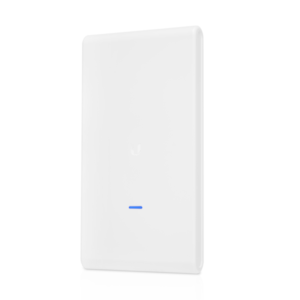
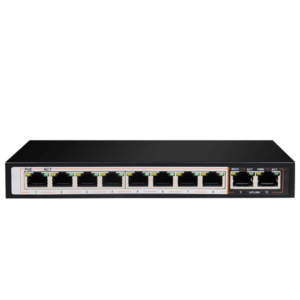
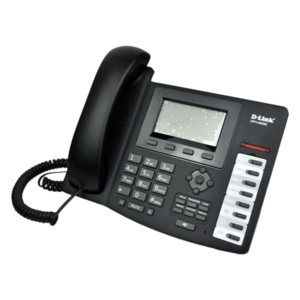
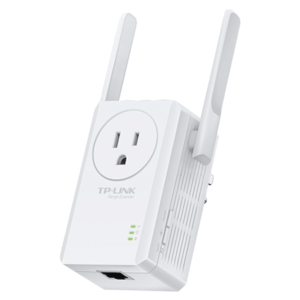
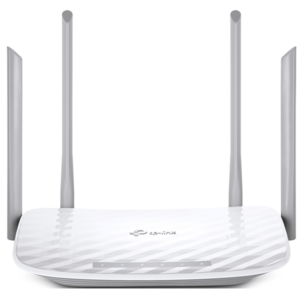
 No products in the cart.
No products in the cart.
Reviews
There are no reviews yet.